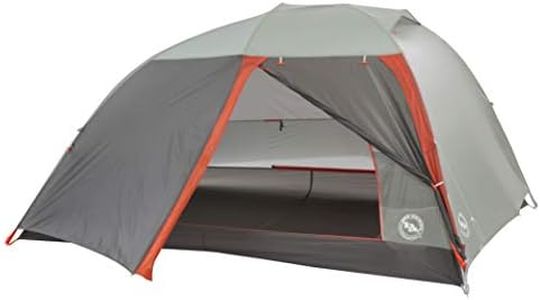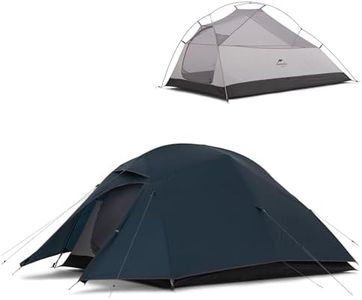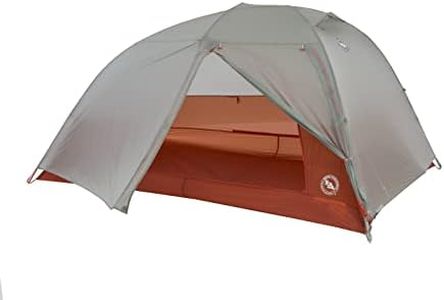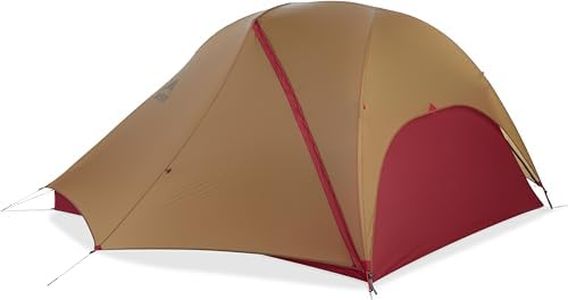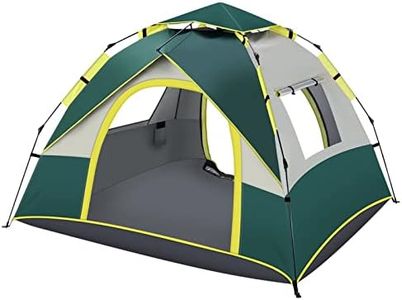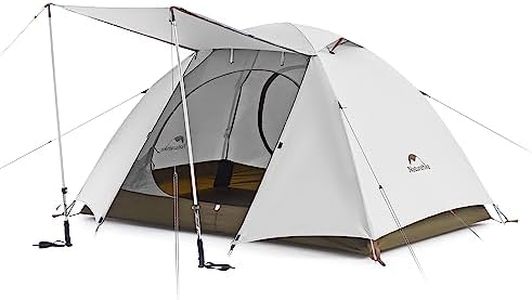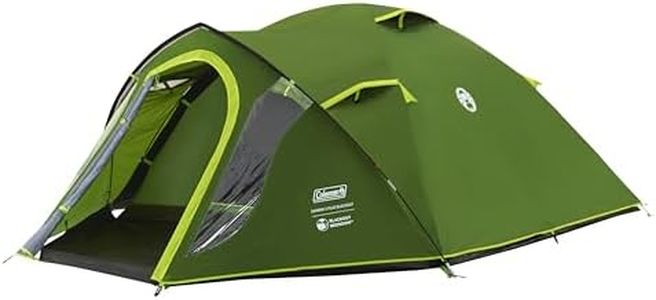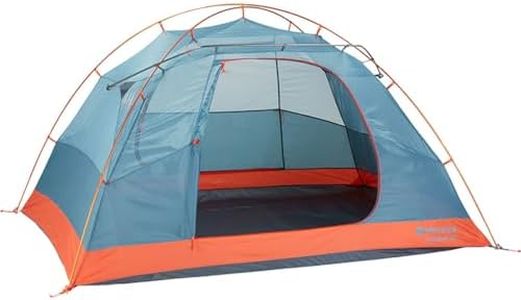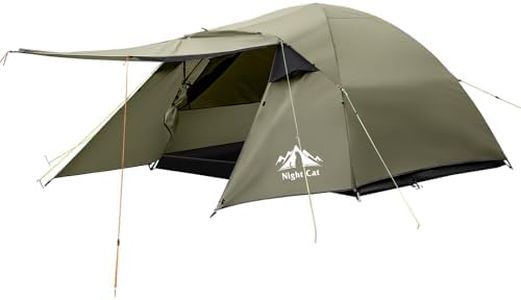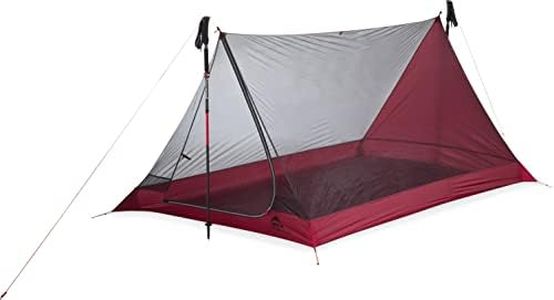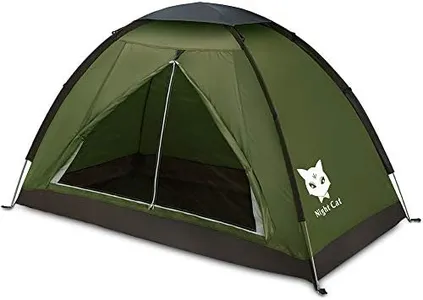We Use CookiesWe use cookies to enhance the security, performance,
functionality and for analytical and promotional activities. By continuing to browse this site you
are agreeing to our privacy policy
10 Best 3 Person Tents
From leading brands and best sellers available on the web.Buying Guide for the Best 3 Person Tents
Choosing the right 3-person tent can make your camping trips more comfortable and enjoyable. Start by thinking about how you plan to use the tent: will it be for occasional summer weekends, backpacking trips, festivals, or family camping holidays? Understanding your needs and travel style helps you focus on features that matter most to you. Always balance comfort, weight, durability, and ease of use to find the tent that matches your camping plans.WeightWeight refers to how heavy the tent is when packed. This is important because you need to carry it to your campsite, especially if you’re hiking or backpacking. Tents can be generally broken down into ultralight, lightweight, and standard weight categories. Ultralight tents are best for serious backpackers who walk long distances, while standard tents are heavier and better for car camping where you won’t need to carry them far. Choose a lighter tent if you plan to hike a lot, but you can go for a heavier one if you’ll mostly camp near your car.
Floor Dimensions and Peak HeightFloor dimensions tell you how much space you’ll have inside to lie down and store gear. Peak height tells you how tall the tent is at its highest point, which affects how easy it is to sit up or change clothes inside. Smaller floor sizes are lighter but cozier, while larger tents allow more comfort and storage at the cost of added weight. Consider your size, the amount of gear you bring, and your need to sit up or move around inside the tent when making your choice.
Season RatingSeason rating indicates the type of weather a tent can handle. Most tents are rated as 3-season or 4-season. 3-season tents are designed for spring, summer, and fall, providing good ventilation, rain protection, and bug proofing. 4-season tents are built for harsher, cold weather and can handle snow but are heavier and less ventilated. Pick a 3-season tent for general camping in mild weather, and opt for a 4-season tent only if you plan on winter camping in rough conditions.
Ease of SetupEase of setup describes how complicated it is to pitch the tent. Some tents use a simple two-pole system and can be set up quickly even by one person. Others have more poles and require more time and effort. Freestanding tents are easier to move and set up anywhere, while non-freestanding tents need to be staked down, which can be tricky on hard ground. If you’re a beginner, camp in unpredictable weather, or move campsites often, look for a tent with simple and quick setup.
Weather ProtectionWeather protection means how well the tent keeps out rain, wind, and bugs. This depends on the tent’s materials, the quality of the seams, and whether it comes with a rainfly (a waterproof cover that goes over the tent). Look for tents with a full-coverage rainfly for wet conditions, bathtub-style floors (where the waterproof material rises up the sides a bit), and strong poles for windy weather. Choose better protection if you expect rough conditions or camp in unpredictable weather.
VentilationVentilation is how well air flows through the tent to reduce heat and prevent condensation inside. Good tents have mesh panels, windows, or vents. More mesh keeps things cooler and drier inside during warm weather, while less mesh adds warmth and privacy. Consider more ventilation for hot or humid areas, and less for cold camping.
Vestibule & Storage OptionsVestibules are covered areas outside the sleeping zone where you can store shoes and wet gear. Internal pockets or gear lofts give you places to stash small items. Large vestibules help keep the sleeping area clean and dry, which is useful for longer camping trips or in bad weather. Pick more storage if you bring plenty of gear or like to keep things tidy inside your tent.
DurabilityDurability refers to the strength and lifespan of the tent materials, like the floor, fly, and poles. More durable tents use thicker fabrics and stronger poles, making them better for frequent use or rough terrain. Lightweight tents often use thinner material, which saves weight but requires more care. Choose a more durable tent if you’ll use it often, camp on rocky surfaces, or want something that lasts many seasons.
